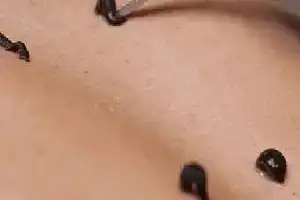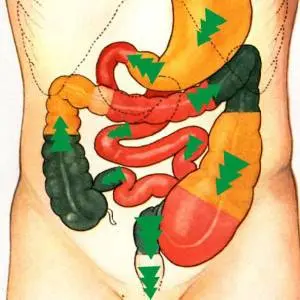
Vamana is a procedure in which Doshas (waste products or toxins) are eliminated through upper channels i.e. mouth.[1] Specially the Kapha and Pitta Dosha brought to Amashaya (stomach and duodenum) from all over the body by the specific preoperative procedures and then eliminated out by inducing the emesis.





Panchakarma is the most essential part of Ayurveda treatments. It is preventive, preservative, promotive, curative and rehabilitative therapy. Ayurveda believes in strong relationship between macrocosm and microcosm and states that the seasonal changes will influence the biological systems resulting into the accumulation and aggravation of particular Dosha in a particular season like accumulation and aggravation of Kapha in Hemant Rutu (winter season) and Vasant Rutu (spring season) respectively, accumulation and aggravation of Pitta in Varsha Rutu (rainy season) and Sharad Rutu (autumn season) respectively. Vasantika Vamana is done in spring season approximately in the month of March and April for the elimination of vitiated Kapha Dosha which in turn helps to prevent the forth coming Kapha disorders and associated Pitta disorders or diseases originating or settled in the place of Kapha like bronchial asthma, allergic bronchitis, rhinitis, sinusitis, migraine, hyperacidity, indigestion, anorexia, obesity, overweight, dyslipidemia, diabetes mellitus, acne vulgaris, psoriasis, eczema, urticaria etc. In this study, a total of 89 persons were registered and 69 volnteers/patients undergone classical Vamana Karma without any major complications. Average minimum, maximum, total dose and total days of Snehapana were 36.40 ml, 187.21 ml, 578.59 ml and 5.01 days respectively. Average quantity of Madanaphala, Ksheera, Yashtimadhu Phanta and Lavanodaka was 5.81 g, 1130.29 ml, 3202.9 and 2489.13 ml respectively. The results were encouraging; hence, further studies may be conducted including large population in this direction.

Vaidyaratnam Vrindavan Ayurveda Chikitsalayam 25 Acres Hospital Campus is Nestled in 250 Acres of Lush Green Forests
Shivalik Foothills Village
Thana, EPIP Phase 2, Baddi,
Himachal Pradesh
© 2025 All Rights Reserved.